The Dreamiest Caramel Frosting Recipe for Sweet Tooth Lovers
Sweet memories dance through my grandmother’s cherished caramel frosting recipe, whispering generations of delectable family secrets.
Soft butter melts into golden ribbons of sugary perfection.
Rich caramel notes promise a luxurious coating for any cake or cupcake.
Silky smooth textures beckon you to whip up something extraordinary.
Nostalgic flavors emerge with each carefully blended stroke of the mixer.
Layers of deep, complex sweetness await your culinary adventure.
Dive into this magical recipe and create a dessert that will make everyone swoon.
Caramel Frosting: Sweet And Buttery With A Smooth Finish
Caramel Frosting Ingredient Lineup
Base Ingredients:Flavor Enhancers:Finishing Ingredient:Caramel Frosting Preparation Method
Step 1: Melt The Butter
In a medium saucepan, place your butter and heat it over medium temperature until it transforms into a smooth, golden liquid.
Step 2: Incorporate Brown Sugar
Add brown sugar to the melted butter and stir continuously with a wooden spoon or whisk.
Keep stirring until the sugar completely dissolves and blends seamlessly with the butter.
Step 3: Bring To A Boil
Continue heating the butter and sugar mixture, allowing it to reach a rolling boil.
Once boiling, reduce the heat and let the mixture simmer gently for exactly two minutes, creating a rich caramel base.
Step 4: Remove And Add Milk
Take the saucepan off the heat and slowly pour in milk while whisking steadily.
The gentle whisking helps prevent any potential separation and ensures a smooth consistency.
Step 5: Cool And Add Vanilla
Allow the caramel mixture to cool for a few moments, then introduce vanilla extract.
Stir thoroughly to distribute the flavor evenly throughout the frosting.
Step 6: Incorporate Powdered Sugar
Gradually sprinkle powdered sugar into the caramel mixture.
Mix consistently until the frosting becomes silky smooth and reaches a creamy, spreadable texture.
Step 7: Frost Your Dessert
Immediately spread the warm caramel frosting over cakes, cupcakes, or your favorite baked treats while it’s still soft and pliable.
Caramel Frosting With Smooth Whipping and Spreading Ideas
Store Caramel Frosting Covered Well
What Complements Caramel Frosting
Caramel Frosting Made Smooth with Extra Richness
FAQs
Grainy frosting often happens when powdered sugar is added too quickly or the mixture is not stirred thoroughly. Always sift your powdered sugar and add it gradually while continuously beating to ensure a smooth, creamy consistency.
Yes, if your frosting is too thin, add more powdered sugar a little at a time. If it’s too thick, incorporate small amounts of milk until you reach the desired spreading consistency.
When stored in an airtight container in the refrigerator, caramel frosting can last up to 5-7 days. Let it come to room temperature and re-whip before using for best results.
Absolutely! You can prepare the caramel frosting 1-2 days in advance. Store it in the refrigerator and bring to room temperature, then re-whip before using to restore its creamy texture.
Print
Caramel Frosting Recipe
- Total Time: 15 minutes
- Yield: 15 1x
Description
Creamy caramel frosting delivers sweet Southern comfort with rich, silky layers of indulgence. Smooth buttercream blends perfectly with golden caramel notes, inviting you to savor each delectable spoonful.
Ingredients
Main Ingredients:
- 1 cup (2 sticks/226 grams) unsalted butter
- 1 cup (220 grams) packed brown sugar
- 1/4 cup (60 milliliters) whole milk
Supporting Ingredients:
- 1/2 teaspoon vanilla extract
Sweetening Ingredient:
- 3 to 4 cups (360 to 480 grams) powdered sugar
Instructions
- Melt butter in a heavy-bottomed saucepan over medium heat, ensuring even heating and preventing scorching.
- Incorporate brown sugar into the melted butter, stirring constantly with a wooden spoon to create a uniform mixture that prevents sugar crystallization.
- Allow the butter and sugar mixture to reach a rolling boil, then reduce heat to create a gentle simmer for precisely two minutes, which helps develop rich caramel notes.
- Carefully remove the saucepan from the heat source and introduce milk gradually, whisking vigorously to prevent separation and create a smooth consistency.
- Let the caramel base rest momentarily, cooling to a temperature that won’t melt the powdered sugar, then introduce vanilla extract for enhanced depth of flavor.
- Sift powdered sugar into the caramel mixture in small increments, blending thoroughly after each addition to eliminate lumps and achieve a silky, spreadable texture.
- Work quickly to apply the frosting while it maintains optimal spreading consistency, as the mixture will begin to set and become less pliable as it cools.
Notes
- Ensure butter is at room temperature for smooth melting and even incorporation.
- Constant stirring prevents sugar from burning and creates a silky caramel base.
- Use dark brown sugar for deeper, richer caramel flavor and more intense color.
- Adjust powdered sugar quantity to reach desired consistency – thicker for spreading, thinner for drizzling.
- Prep Time: 10 minutes
- Cook Time: 5 minutes
- Category: Desserts
- Method: Simmering
- Cuisine: American
Nutrition
- Serving Size: 15
- Calories: 250
- Sugar: 30 g
- Sodium: 150 mg
- Fat: 12 g
- Saturated Fat: 7 g
- Unsaturated Fat: 4 g
- Trans Fat: 0 g
- Carbohydrates: 36 g
- Fiber: 0 g
- Protein: 1 g
- Cholesterol: 30 mg

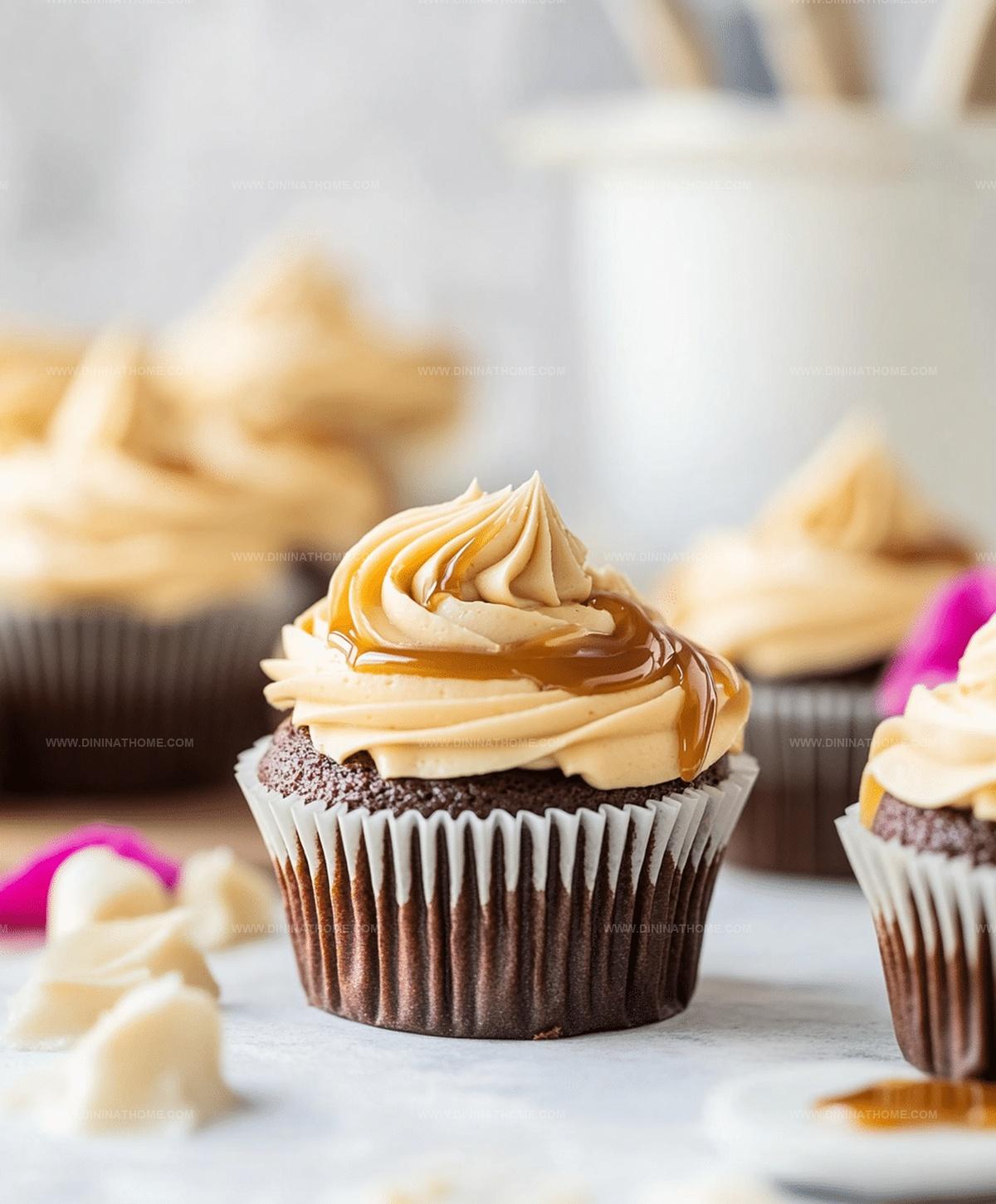
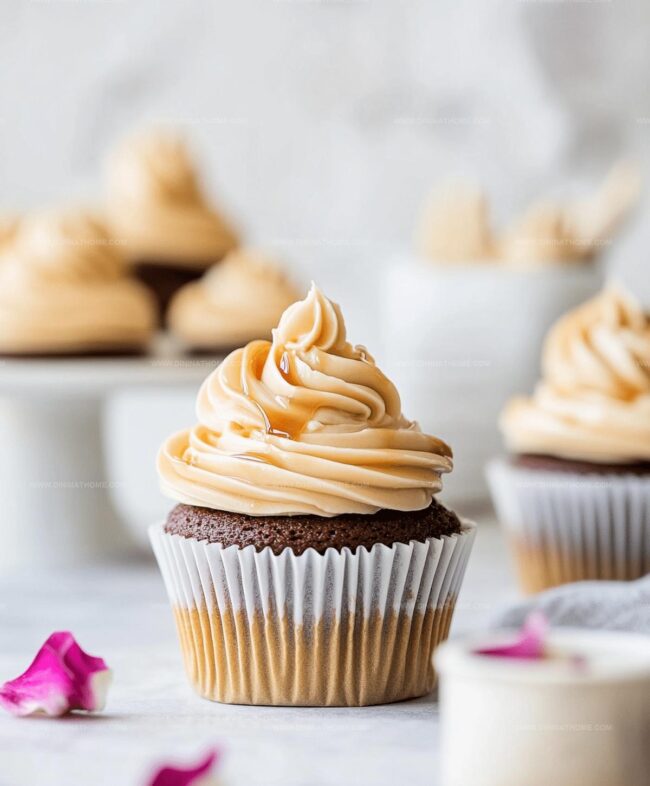
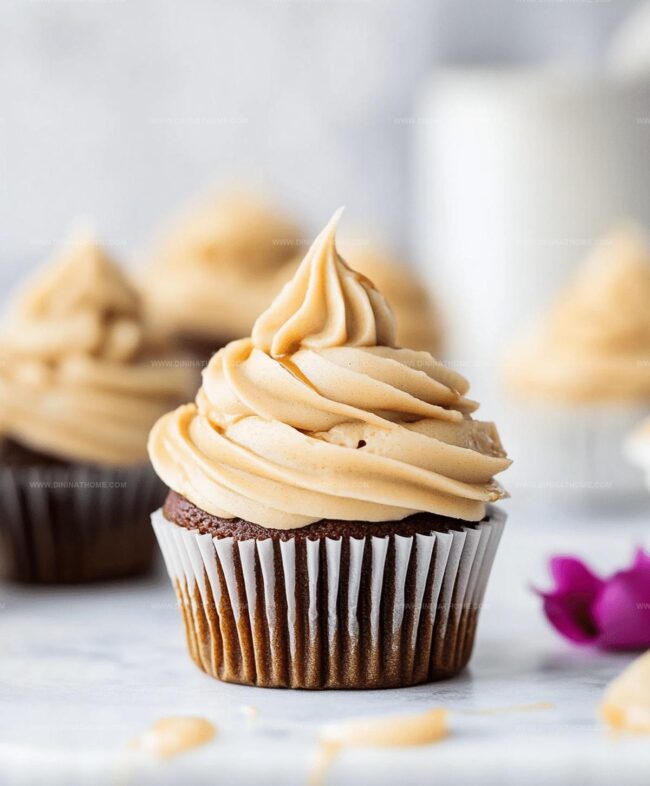
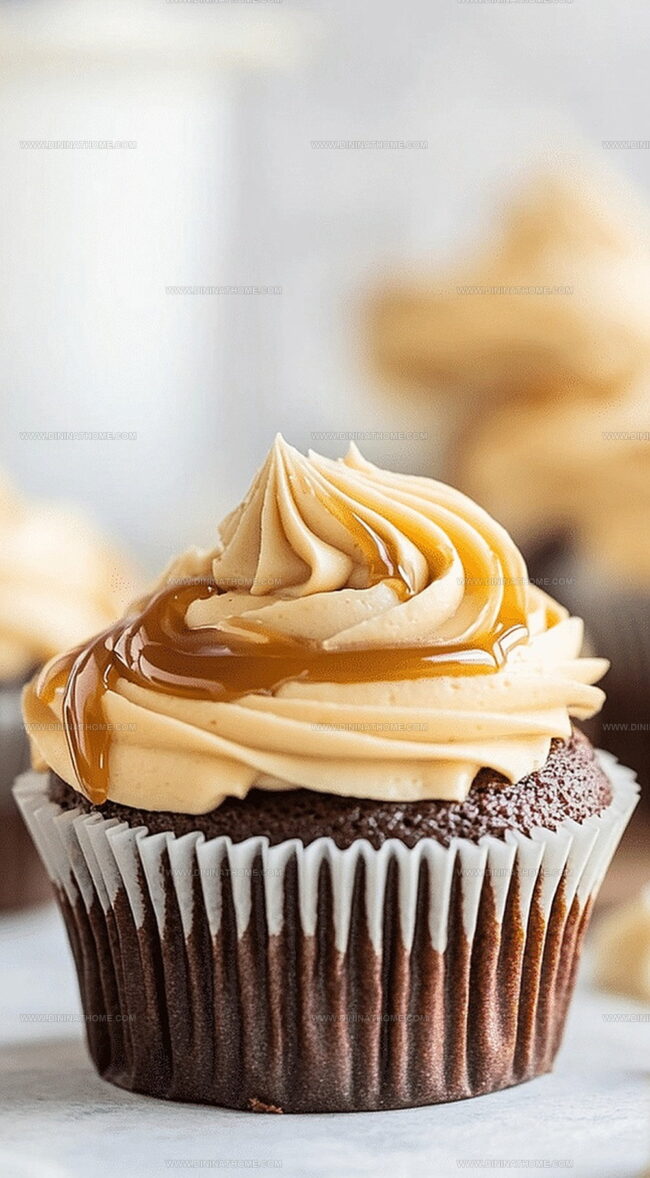
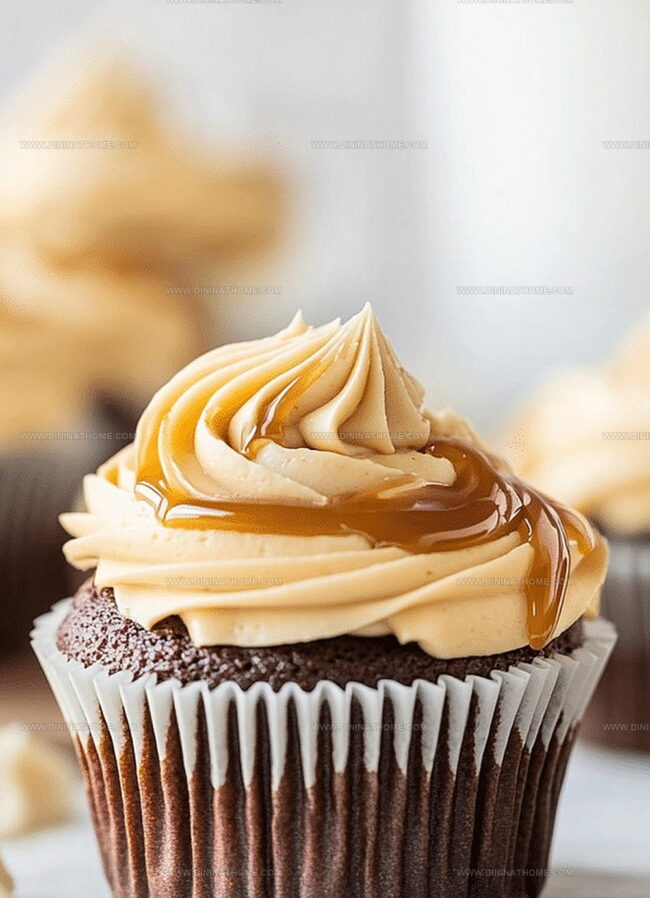
James Walker
Lead Recipe Developer & Culinary Educator
Expertise
Southern Cuisine & Farm-to-Table Cooking, Recipe Development & Testing, Culinary Education & Instruction
Education
School: Auguste Escoffier School of Culinary Arts
Program: Diploma in Culinary Arts and Operations
Focus: Comprehensive training in classical and modern culinary techniques, kitchen operations, and farm-to-table practices.
James didn’t learn cooking from a TV show, he learned it from busy kitchens, family gatherings, and long afternoons spent testing recipes the hard way.
After training at the Auguste Escoffier School of Culinary Arts, he brought his love for real, down-to-earth food to every dish he makes.
At Dining At Home, James loves building recipes that feel familiar but still have something special, like adding a twist to a classic or making a slow Sunday dinner feel brand new.
When he’s not in the kitchen, you’ll probably find him swapping garden tips at the farmers’ market or teaching his daughter how to flip pancakes without a mess (almost).